Grain Matters
I bought this book for my kids from the school book fair. Darling story, but the quality of the binding really annoyed me. It is obvious that the “bindery” from whence it came was too stingy to align the grain properly. One of the first things you learn as a bookbinder is that paper has a grain direction, and the grain should always run parallel to the spine. This is because paper expands more across the grain than along with the grain. If the grain is perpendicular to the spine, as the paper expands and contracts with changes in humidity, it can weaken your stitches and wrinkles appear in the gutter just like in the book pictured above. Additionally, the pages will be stiffer and not lay flat when open. If you fold a thick paper perpendicular to the grain, the fold will be messy, not crisp, and the fibers in the paper will break. Paper tears and folds more easily and neatly parallel to the grain.
A sushi mat is like a macro photo of paper grain.
Think of a sushi mat. This is pretty much exactly what we’re talking about when we talk about paper grain. In the case of the mat, folding across the “grain” would snap all the little sticks, but it rolls and folds neatly along the grain. So when you’re binding, you want the sticks parallel to the spine, not sticking out of it.
Most of the time, grain runs parallel to the long edge of your paper, but not always. When I determine paper grain, I gently fold the paper without creasing it and sort of bounce my fingers on the fold, and then fold it again at 90 degrees to the first fold to see which way is more pliant. This is the most non-invasive way to determine grain. If this method doesn’t work for you, try tearing a strip from two edges at 90 degrees to each other and see which one is neater. The strip that tore easily and neatly was torn along the length of the grain, and your spine should be parallel to this edge. Another way is to tear out a rectangle and mist it with water.
It will immediately curl and the grain is running the from end to end of the this sort of cylinder. Make sure you do this test with a rectangle, not a square, so you know how your little scrap was oriented in the larger sheet.
The only time I’ve ever seen an experienced bookbinder break the paper grain rule was when the book was too large to orient the grain properly. Even though she used very high quality paper, you could see some very slight buckling in the gutter. In a case like this, you could do a single sheet binding and avoid that problem, but this extremely large book was for an exhibition and would have to lie flat open for several months, so a single sheet binding was not an option.
If you would like to read more about paper grain, head over to the Center for Book Arts’ blog entry on the subject.
What questions do you have about paper grain? What’s your technique for finding it? Head over to the forum to discuss.



